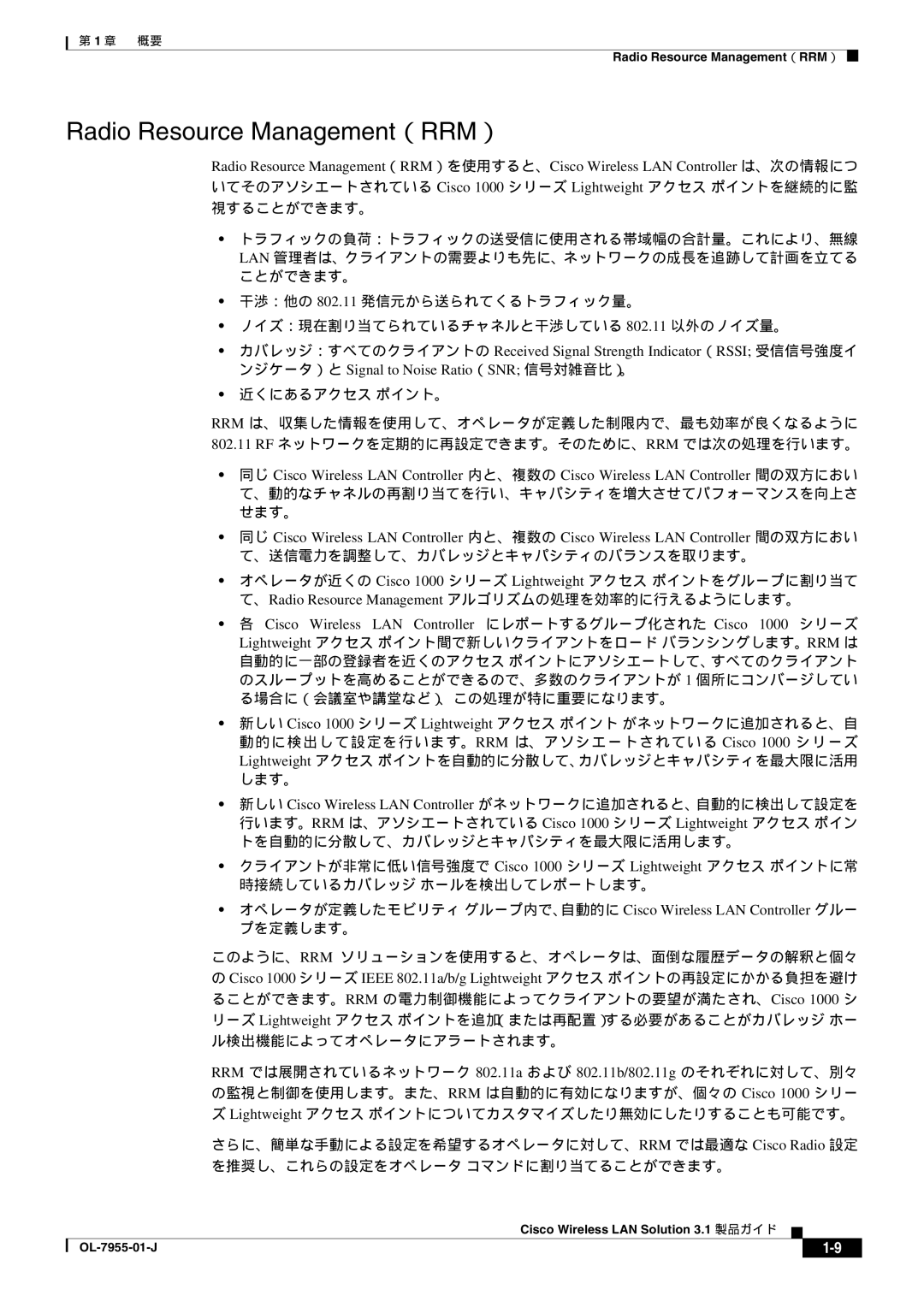3.1 specifications
Cisco Systems 3.1 represents a significant leap in networking technology, building upon the foundational strengths of earlier versions while integrating new capabilities tailored to modern enterprise needs. At its core, Cisco 3.1 emphasizes enhanced performance, security, and management, ensuring that organizations can efficiently handle the increasing demands of digital transformation.One of the standout features of Cisco Systems 3.1 is its advanced security framework. The implementation of Cisco’s SecureX platform allows for a unified security approach that integrates various security tools into a single dashboard. This unified approach helps organizations streamline security operations, enabling quicker responses to threats while maintaining system integrity.
In terms of performance, Cisco 3.1 leverages the power of artificial intelligence and machine learning. These technologies are embedded in the network management systems, allowing for predictive analytics that anticipate network issues before they disrupt operations. By utilizing AI-driven insights, organizations can optimize their network performance, reducing downtime and enhancing user experience.
Another essential aspect of Cisco 3.1 is its support for cloud-native architectures. As businesses increasingly migrate to cloud environments, the ability to seamlessly integrate on-premises and cloud infrastructure becomes vital. Cisco 3.1 facilitates hybrid cloud strategies through innovative SD-WAN capabilities, enabling organizations to manage their network traffic more efficiently, irrespective of location.
The introduction of enhanced automation features in Cisco 3.1 further streamlines network management. By automating routine tasks such as configuration updates and compliance monitoring, network administrators can focus on strategic initiatives rather than being bogged down by daily operational challenges. This increased efficiency not only reduces the risk of human error but also accelerates deployment times for new applications and services.
Additionally, Cisco 3.1 supports a vast array of devices and technologies, ensuring compatibility across different systems. The emphasis on open standards facilitates integration with existing infrastructure, allowing businesses to adopt new solutions without the need for complete overhauls.
In conclusion, Cisco Systems 3.1 is a robust networking solution that combines advanced security, performance optimization through AI, enhanced automation, and seamless integration with cloud environments. As businesses continue to navigate the complexities of the digital landscape, this version provides the tools and features necessary to adapt and thrive in an ever-evolving technological ecosystem.
